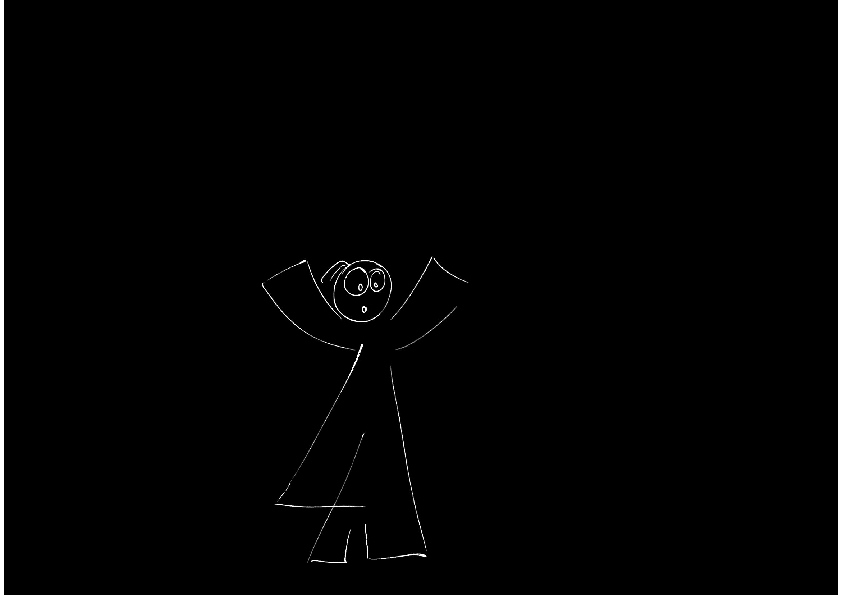Press the right key for the next slide (or swipe left)
also ...
Press the left key to go backwards (or swipe right)
Press n to toggle whether notes are shown (no equivalent if you don't have a keyboard)
Press m or double tap to see a menu of slides
There Does Not Exist
Something is not dead:
\hspace{3mm} ∃x ¬Dead(x)
Nothing is dead:
\hspace{3mm} ¬∃x Dead(x)
Everything is not broken:
\hspace{3mm} ∀x ¬Broken(x)
Not everything is broken:
\hspace{3mm} ¬∀x Broken(x)


Something is dead.
∃x Dead(x)
Something is not dead.
∃x ¬Dead(x)
Nothing is dead.
¬∃x Dead(x)
| | 1. | ||
| | 2. | a=a | =Intro |
| | 3. | ∃x (x=x) | ∃Intro: 2 |
Everything is broken.
∀x Broken(x)
Everything is not broken.
∀x ¬Broken(x)
Not everything is broken.
¬∀x Broken(x)
| | 1. | ¬∃x Dead(x) | |||||||||||||
| |||||||||||||||
| | 5. | ¬Dead(a) | ¬Intro: 2-4 | ||||||||||||
| | 6. | ∃x ¬Dead(x) | ∃Intro: 5 | ||||||||||||
| | 1. | ∃x ¬Dead(x) | |
| | 2. | ¬∃x Dead(x) |
Counterexample:
Domain: {Ayesha, Beatrice}
Dead : { <Beatrice> }
a : Ayesha ; b : Beatrice
... Dead(b) is true; so the conclusion, ¬∃x Dead(x), is false
... and ¬Dead(a) is true; so the premise, ∃x ¬Dead(x), is true
9.12
9.18--9.19